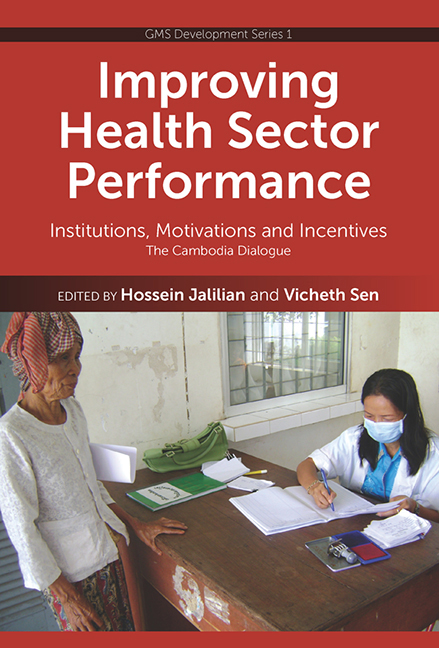 Improving Health Sector Performance
Improving Health Sector Performance from Part IV - Managing Doctors and Nurses
Published online by Cambridge University Press: 21 October 2015
INTRODUCTION
The design and management of incentive schemes for managers and employees is an important research area in the fields of human resource management, organizational control, and organizational sociology. Research on this topic has addressed issues such as which incentive schemes better stimulate the efforts of employees and influence managerial decisions, what affects the effectiveness of incentive schemes, how incentive schemes should be managed, and whether incentive schemes affect organizational performance. A significant body of knowledge has been gained on the ways in which incentive schemes can affect the behaviour of employees and managers, but we still miss a detailed theory for understanding exactly how effective incentive schemes should be designed and managed in particular organizational settings.
The design and management of incentive schemes in the health care sector pose some special issues. Health care is characterized by high information asymmetry between practitioners and managers concerning technology, outputs, and outcomes; high risk related to performance; and high cultural barriers to applying performance-related appraisal and rewards to the medical profession. Because of these peculiar features, research on the design and management of incentive schemes for health practitioners and managers needs to address such issues as the information on which performance review and appraisal should be based, how to reconcile conflicting pressures on performance and risk management, and whether incentive schemes support — rather than undermine — the role of professionalism and other values embedded in health practitioners.
Among the various incentive schemes (that is, motivational programmes intended to encourage commitment to increase productivity or other objectives) in health care, performance review and appraisal (PRA) systems linked to salary bonuses, or similar forms of performance-related pay (PRP), have attracted considerable attention from both scholars and practitioners. As a general function of management, these incentive systems consist of rules, organizations, and practices designed and managed in order to measure, debate, justify, and assess the performance of individuals, organizational units, and whole organizations. In the context of health care incentive schemes, PRA and PRP can be a component of the organizational control system of health care organizations, which are intended to affect the behaviour of managers and employees in order to make them contribute to the achievement of organizational objectives (Flamholtz 1983; Wilkes et al. 2005).
To save this book to your Kindle, first ensure no-reply@cambridge.org is added to your Approved Personal Document E-mail List under your Personal Document Settings on the Manage Your Content and Devices page of your Amazon account. Then enter the ‘name’ part of your Kindle email address below. Find out more about saving to your Kindle.
Note you can select to save to either the @free.kindle.com or @kindle.com variations. ‘@free.kindle.com’ emails are free but can only be saved to your device when it is connected to wi-fi. ‘@kindle.com’ emails can be delivered even when you are not connected to wi-fi, but note that service fees apply.
Find out more about the Kindle Personal Document Service.
To save content items to your account, please confirm that you agree to abide by our usage policies. If this is the first time you use this feature, you will be asked to authorise Cambridge Core to connect with your account. Find out more about saving content to Dropbox.
To save content items to your account, please confirm that you agree to abide by our usage policies. If this is the first time you use this feature, you will be asked to authorise Cambridge Core to connect with your account. Find out more about saving content to Google Drive.